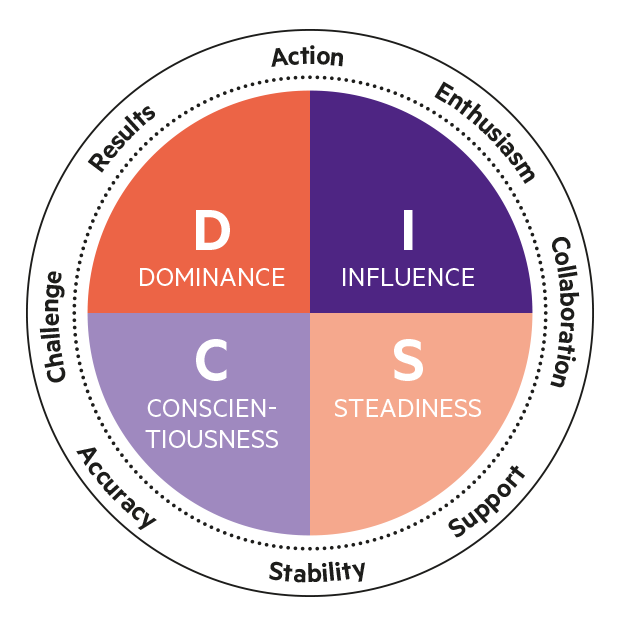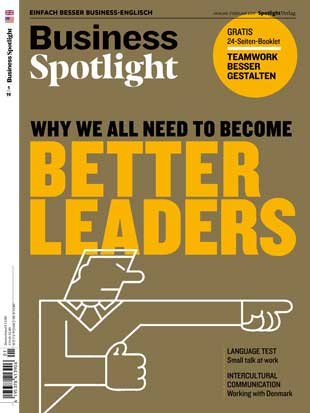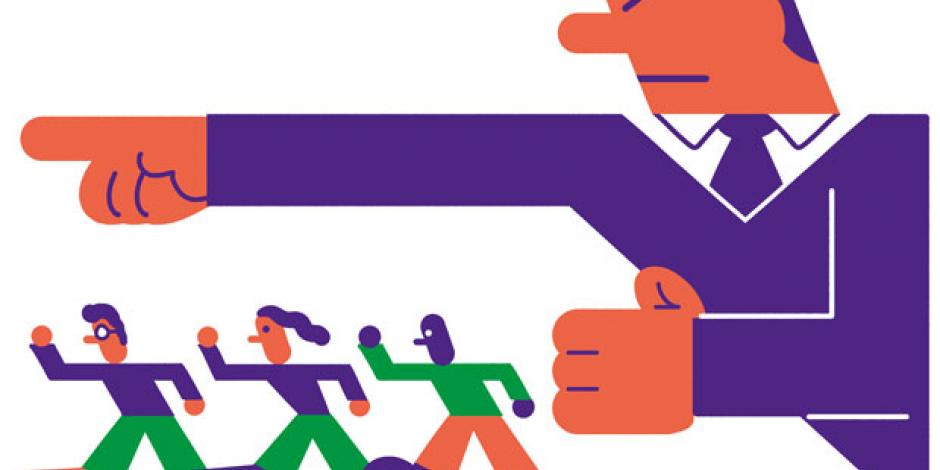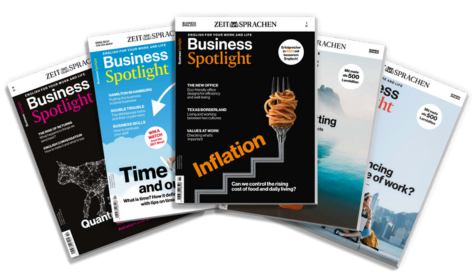If you want to understand whether or not you can be a leader, you first need to understand the meaning of “leadership”. But leadership is a complex concept and, despite all the discussion of the topic, there is no clear consensus on exactly what it means, particularly in today’s very culturally complex, global business world. It seems impossible to identify precisely what to constitute sth.etw. ausmachenconstitutes “good leadership” in any given context. This often depends on what we mean by “good” — and people will always disagree about that. Nevertheless, anyone who to aspire to sth.etw. anstrebenaspires to leadership needs to to engage with sth.sich mit etw. befassenengage with the diverse meanings of the term and its interesting journey as a concept over time.
A rather flexible way of looking at leadership is to say that people like to — and can — lead in different ways, according to their specific sethier: Spektrumset of talents and skills. William Marston (1893–1947) was a US psychologist who theorized that there are four main behaviour types. This approach was to pick sth. uphier: etw. aufgreifenpicked up by another psychologist, Walter Vernon Clarke (1905–78), who developed what has become one of the most common leadership profiling tools, the “DiSC Model”.
This model focuses on profiling behaviours in different situations and asks people to think about common leadership and work challenges, such as persuading others, dealing with rules and regulations, building relationships with others and reaching goals under pressure. The results profile people into one of four groups (see diagram), characterized by a related leadership preference:
Dominance:
direct, strong-willed and forceful
Influence:
sociablegesellig, umgänglichsociable, talkativegesprächigtalkative and livelylebhaft, dynamischlively
steadinessBeständigkeit, ZuverlässigkeitSteadiness:
gentle, accommodatingzuvorkommendaccommodating and soft-hearted
conscientiousnessGewissenhaftigkeitConscientiousness:
private, analytical and logical

Ask yourself: What’s my style? Think about your own preferences. Do you prefer to challenge and question people, or to accept them and collaborate with them? Do you prefer to act quickly, or do you prefer to reflect and work methodically? Answering these questions will place you in one of the quadrants in the DiSC circle and to reveal sth.etw. (auf)zeigenreveal your profile. Think about the extent to which this profile fits you. Think about how leaders with your style can be effective and what challenges they may present to others. Answering such questions can immediately begin to improve your leadership potential.
Mehr über Leadership
... lesen Sie in der Ausgabe 1/19 Business Spotlight. Neben einem ausführlichen Feature über Führungskompetenzen finden Sie auch einen kritischen Artikel zum Myers-Briggs-Typenindikator, einem anderen Persönlichkeitsmodell. Bestellen Sie die Ausgabe in unserem Shop.




